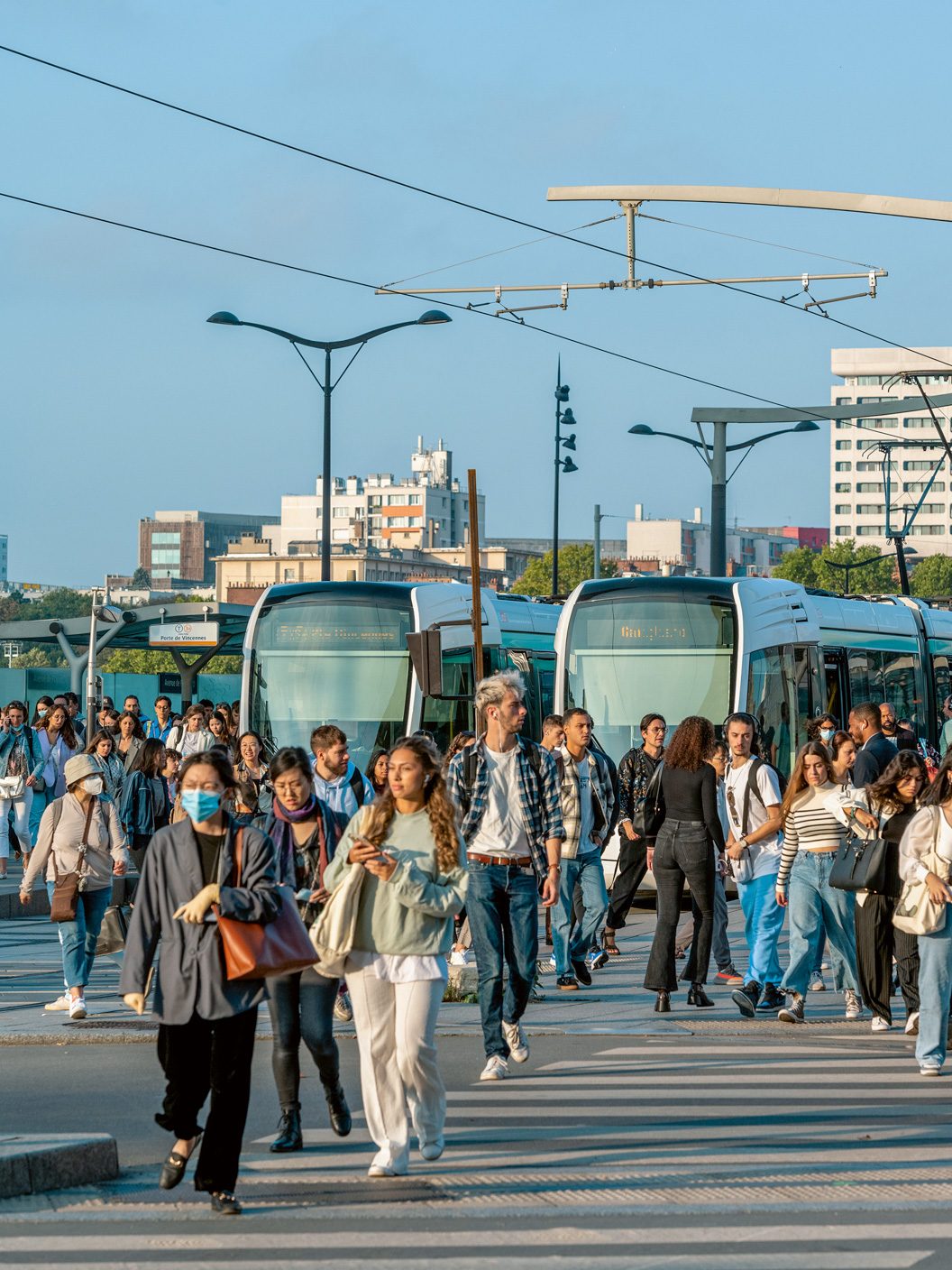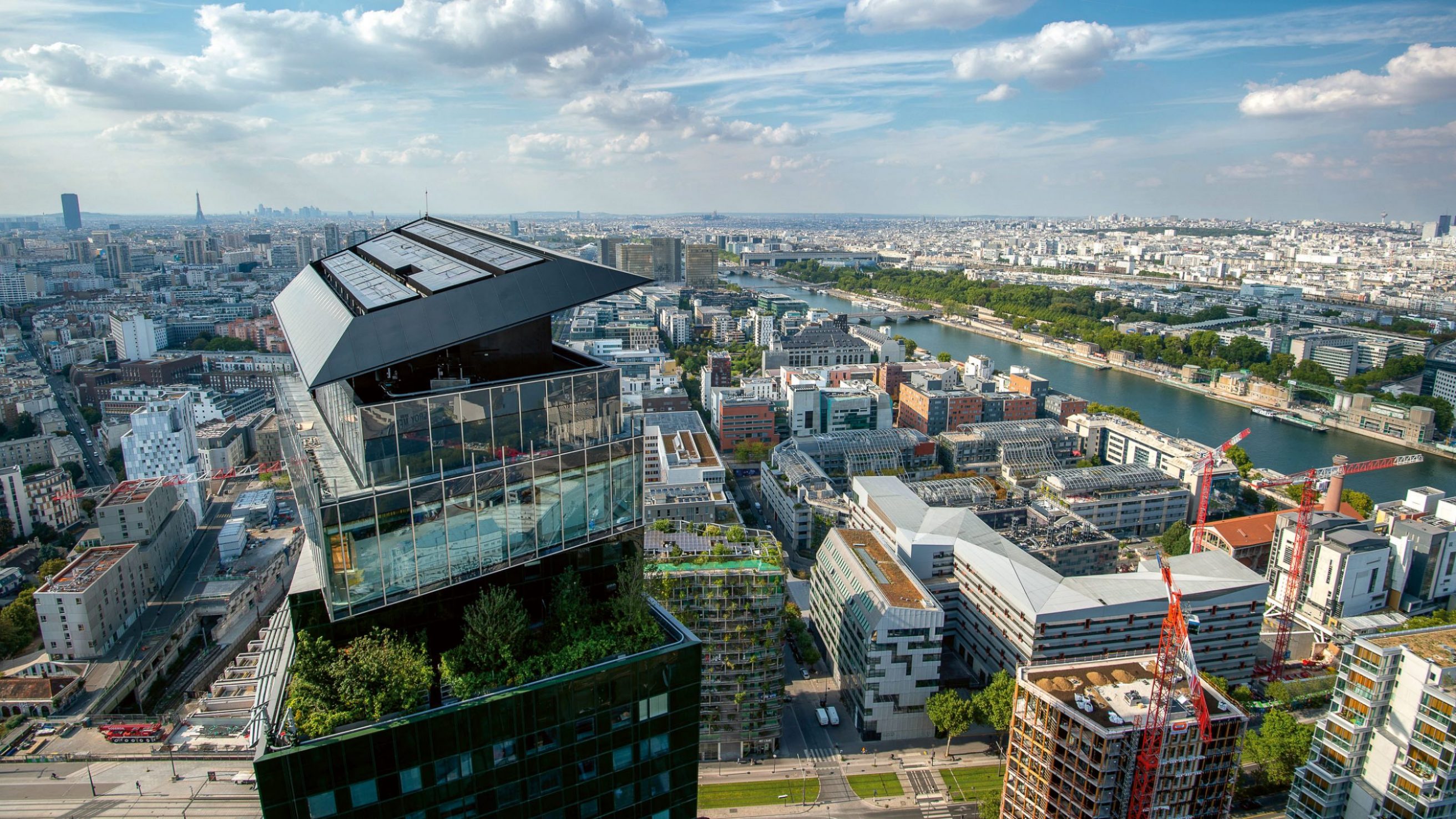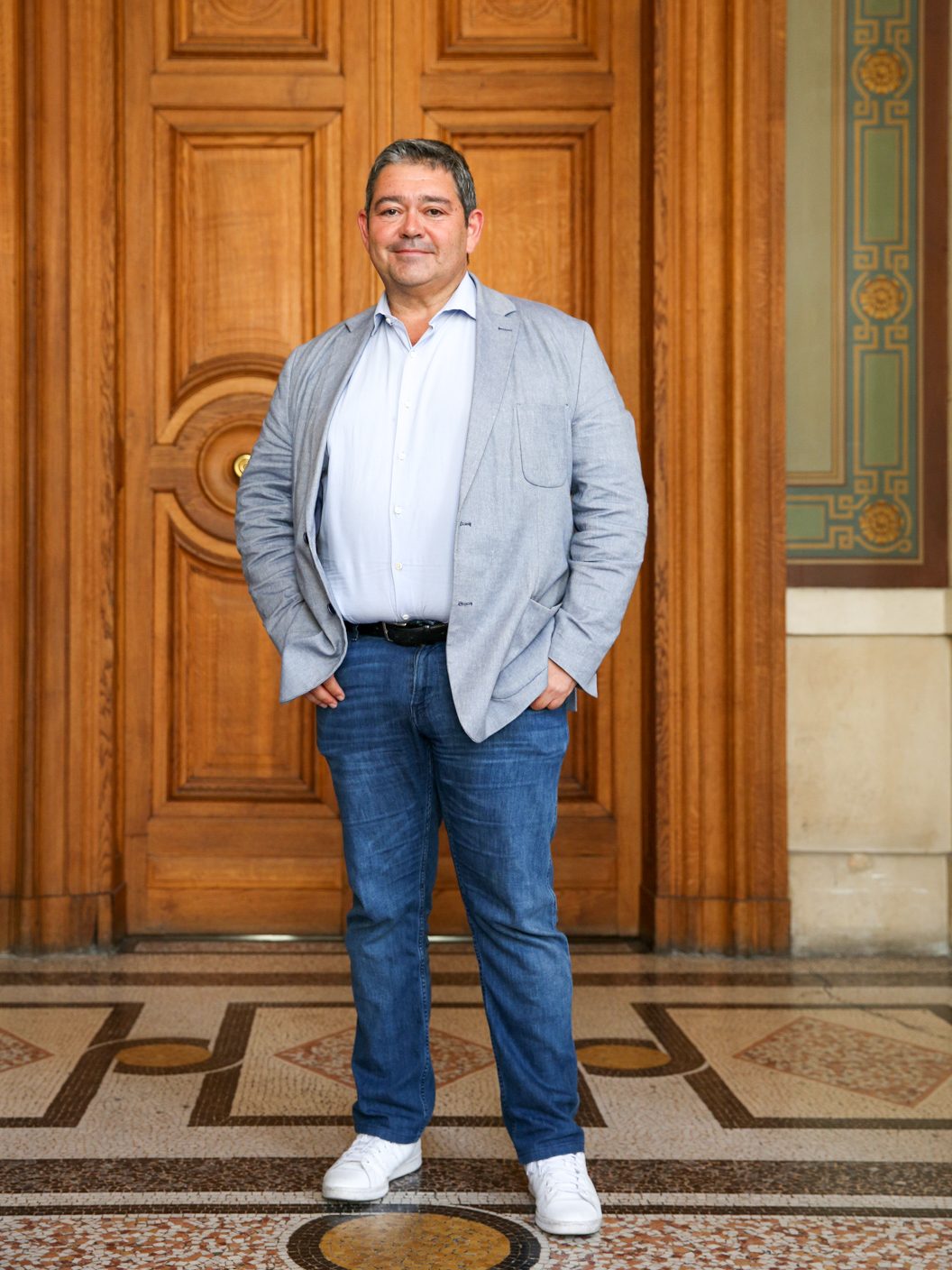
The neighborhood
For many years, it consisted of fields cultivated by a handful of farmers and of quarries worked for their stone rubble. For many years, it echoed to the cries of women walled up in the dungeons of the Salpêtrière prison. For many years, it was an industrial zone pulsing to the throb of factories drawn by the dual proximity of the Seine and the recently constructed railway line, but then, in the early 1970s, the district fell silent. The land re-verted to the wild and the buildings began to crumble. This silent abandonment would last for more than 20 years.
Two events, however, would awaken this sleeping beauty: the 1989 World’s Fair and Paris’ bid for the 1992 Olympic Games, a bid that ultimately proved unsuccessful yet still deserves credit for raising awareness of the area’s fantastic potential. Since then, the Paris Rive Gauche district has been the site of vast, uninterrupted development work, the most extensive restructuring since Haussmann transformed Paris in the 19th century, a transformation directed by a single guiding principle: openness. Open to the Seine, thanks to work on covering the railway track to ensure direct access to the river. Open to the eastern suburb, thanks to work done on the Paris ring road, allowing seamless communication between Paris and the neighboring municipality of Ivry-sur-Seine.
Divided into different quarters – Austerlitz with its railway station, Tolbiac with the Bibliothèque nationale de France (BnF), Masséna with its university campuses, and Bruneseau where the BPCE Towers can be seen from all over Paris – the neighborhood boasts numerous iconic quarters each possessing its own identity, “neighborhoods within the neighborhood” that, together, inform the multi-faceted character of the Paris Rive Gauche district.he.
This dynamic area has successfully renewed its appeal thanks to the wide range of jobs available there and the different types of housing, thanks to the presence of a university campus and the strength of its cultural influence. It is a quarter that boasts remarkable vitality with a resident population of 10,000 people who live there, 45,000 people who work there, 23 million travelers who pass through there every year, 30,000 students who study there, and 920,000 visitors who come to consult documents at the BnF… without mentioning all the others: the people strolling along the banks of the Seine, the sports enthusiasts, the lovers of architecture or street art aficionados who like to gather in this part of the capital.
Paris Rive Gauche: a ‘new’ district in the heart of Greater Paris still in the transformation process that continues to reserve surprises for all those who take the time to explore it.

The BPCE Towers (in the foreground, the top storeys of the West Tower) afford a fine view of the Paris Rive Gauche district that stretches out along the Seine from the Gare d’Austerlitz railway station to the Parisian ring road. The river plays a major role in the history of this part of Paris.
